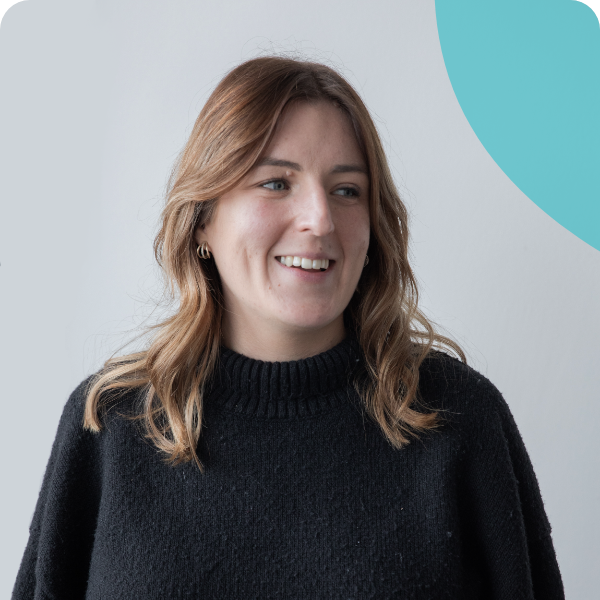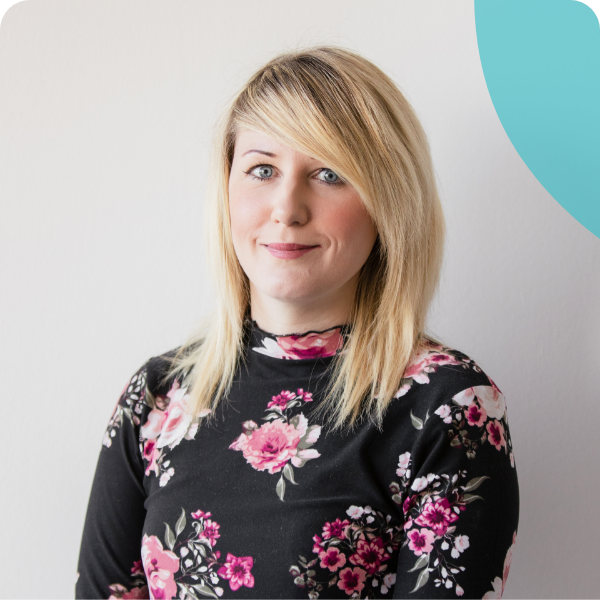Last week we hosted a 45-minute webinar on one of the hottest topics around right now; Platform Due Diligence (PDD). To help give a better insight into the subject of PDD, we’ve answered some of the top questions that we received from our delegates in this Q&A style blog.
Q. Where does Platform Due Diligence fit in the whole process?
PDD should be considered after PROD. The primary aim of carrying out regular PDD is to ensure the platform is suitable for your client bank, or a segment of. If you haven’t carried out a PROD exercise then it will be much trickier to pick out features that can benefit your clients. By segmenting first, this helps highlight which clients need what level of features and the direction of research for selecting a suitable platform.
Q. What do we do with single providers?
Typically these will be covered by your Centralised Investment Proposition rather than falling under Platform Due Diligence if they are recommended with regularity; for instance if you have an insured pension provider which takes priority over your platform when it comes to pension-only business.
On the other hand, if the single provider only offers a niche product you only recommend once in a while (i.e. a handful of offshore bond recommendations per year) then it can be covered with a bit of bespoke research per case rather than having the full due diligence process maintaining each year. It is better this way than bringing on a platform which offers on-platform bonds to cater for just couple of clients with these types of plans.
Q. Does back-end tech matter?
In short, yes, as this is the foundation on which the platform operates, and much of its functionality is derived from. Platforms can take two routes here – outsource to a third-party tech provider or develop their own technology – and both have their advantages.
By electing to outsource the technology component, platform providers can focus on the user experience with less worry over keeping on top of digital security and implementing regulation changes. However, there are currently only three main third-party providers – FNZ, GBST and Bravura. The CMA recently (15th April 2021) blocked a merger between FNZ and GBST over concerns of a ‘substantial lessening of competition’. The fear is that as competition reduces, prices will rise, which will ultimately be passed on to the end consumer.
By selecting a platform that has its own back end technology, there is less concern for what goes on in this space, as well as the platform having total control over any feature changes (along with their associated costs) and how quickly they can be implemented. There is also less concern for a potentially disruptive re-platforming.
Q. Should ‘financial strength’ be a major consideration
Not many businesses are prepared to share detailed accounts of their turnover and profits so there will always be some ambiguity in determining the true financial strength of a platform.
When considering the financial strength, it should generally be considered as a desirable factor rather than a deal breaker! Not least because, as we discussed, many of the up-and-coming platforms won’t generally be profitable or have accumulated a high amount of AUM, or even have an AKG rating. In turn, this means a platform that has fantastic potential to integrate really well with your business and has the potential to serve your client bank with the greatest efficiency could be cast aside for reasons that are unlikely to have an effect on the end client.
If you missed the webinar, you can catch up here.














Eclipse Archives Industry Insight Popular
What’s your mastermind subject?
I’m here to talk branding. Anyone who knows me knows it’s my Mastermind subject. And, if you don’t know me, I’m Natalie Bell, [...]
Eclipse Archives Industry Insight Latest News Popular
URGENT: LTA Abolition
HMRC kindly issued a newsletter on 4th April advising clients to delay taking their pension benefits or transferring until it can fix incorrect [...]
Group News
Say hello to our trainers!
As part of our ongoing commitment to excellence, we’ve recently welcomed an awesome duo to our training dream team. We introduced a new [...]
Latest News Popular Press
Spring Budget 24
The spring budget comes and goes with no major changes to the world of financial planning. There are however some announcements and changes [...]
Eclipse Archives Group News Latest
Common ‘Training’?
I can’t get Pulp’s ‘Do You Remember the First Time’ out of my head. I’m pretty sure that Jarvis had other things on [...]
Eclipse Archives Industry Insight Latest
Stellar Compliance
You may have spotted that this week we hosted our monthly TALK event, and this month we were joined by Gillian Hepburn, Benchmark, [...]
Group News Latest
And who do we have here?
We have yet more exciting internal news to share, following a shake-up in a section of our client relations department – with two [...]
Group News Latest News Press
In the press
It’s been a busy January so far! We’ve had a few of our team speak with some press about some hot topics in [...]